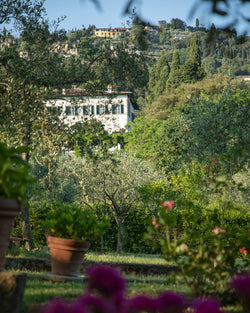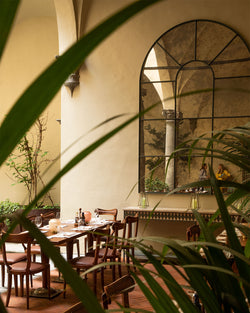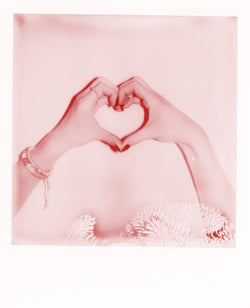Promoting the rediscovery of classical philosophy, literature and art during the 14th century to the 17th century, the Renaissance is a period that is rich with inspiration. Of course, a renaissance can happen at any time. When a renewal of interest, a new sense of understanding of classical works occurs, we bring forth their ideas into our modern era. As we emerge to enjoy art, sculpture and craftsmanship as well as the people we love and miss, there are many lessons to learn.
As our global understanding of the world after a pandemic continues to shape itself, we may look back at the year 2021 as a renaissance of sorts. For how, if not as a rebirth, can we define the feeling of venturing out into the world again? And, to look back to the centuries in which antiquity once again became in vogue, where better to turn to than Florence? The capital of Italy’s Tuscany region, the city’s influence of art and cultural activity is still felt keenly. One of its preeminent institutions, Museo Nazionale del Bargello, holds multiple wonders that hark back to this time. Its rooms are filled with pieces by the likes of Donatello, Michelangelo and Verrocchio, on show to inspire thought and scenarios we might wish to take with us into the post-pandemic era.







































